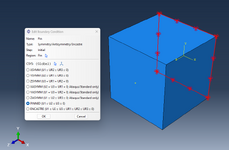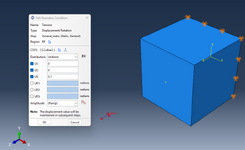Fea_pather
Automotive
- Apr 1, 2025
- 1
I read about the Reaction force output in ABAQUS. It is available as a history output. What is this and how to use this output?
What information does this output variable tell me even?
What information does this output variable tell me even?


